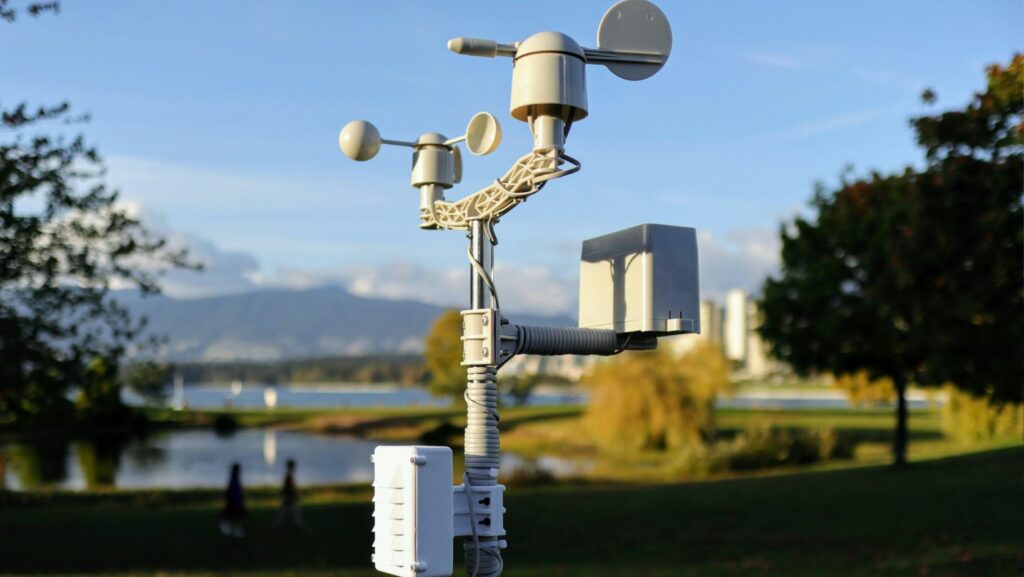Cybercrime rates continue to rise as reports claim that smart devices are being increasingly targeted by threat actors. According to CNET, Internet of Things attacks were up by 124 percent in 2024, and cybercriminals are becoming increasingly reliant on tools like AI to exploit weaknesses in connected devices. With smart home gadgets experiencing up to 10 attacks per day, individuals and families should take active steps to thwart cyberattacks since the consequences of a hacked IoT device can be vast. If you own smart appliances or any type of connected home device, here’s how to prevent them from getting breached and make your IoT safe and secure.
Be on the Lookout for Signs of Hacking
How do you know if your IoT device has been compromised? To determine if your smart TV, doorbell, voice assistant, or other appliances have been hacked, be on the lookout for strange activity or behavioral signs. Your smart TV may have been breached if it displays strange ads or pop-ups, or if it’s lagging or freezing more than usual. You may also want to check if there are any changes to the settings or if there’s unauthorized activity on your streaming accounts.
Meanwhile, your smart doorbell or security camera may have been breached if it’s moving, rotating, or adjusting its position by itself since that’s a sure sign that a hacker is already controlling the device to spy on your living spaces. If the LED light is blinking even when you’re not using it, that’s another indicator of a breach. Observe if there are strange noises or voices coming from the device, and check to see if you’ve suddenly lost access or if you’re having difficulties logging into your account. If you’re able to log in, see if there are odd screenshots or video recordings, then delete them immediately.
Choose Strong, Unique Passwords for All Devices
Any device that’s connected to the Internet is a potential entry point for a hacker, and the repercussions of having a hacked smart home device can be devastating. For instance, cybercriminals can listen to conversations or monitor your home using the cameras and microphones on your connected devices. Having access to your IoT devices also lets them know when your house is empty, and this information can aid them while planning a burglary or if they intend to commit an act of vandalism.

Hackers may collect sensitive data and use it for financial fraud, or worse, they may even orchestrate a ransomware attack. This involves blocking your access to your files and systems and holding them hostage until a ransom is paid. Having to deal with ransomware recovery cost can send you in a tailspin since not only will you have to think about whether you should pay the ransom or not, but you also have to consider the consequences should the hacker decide to sell your sensitive data on the dark web.
For a simple way to prevent security breaches, choose strong, unique passwords for all your connected devices. Some of the most common mistakes that homeowners make is not changing the default password that comes with their device, or using just one username and password for all of their IoT devices. These mistakes make it easier for hackers to gain access to your smart home tech. To create a strong password, use 12 to 16 characters, and combine lower case and uppercase letters with numbers and symbols. Never use your pet’s name, mother’s maiden name, or school as your password since this information can be easily found online. If you’re having difficulties remembering passwords, think about using a password manager since it’s extremely helpful in keeping track of and securing login information.
Never Purchase Off-Brand IoT Devices
To save money on IoT costs, some people choose to buy off-brand devices since they’re so much cheaper, and they appear to have the same features as smart home gadgets from well known brands. However, these tech items often lack secure data storage and cybersecurity features such as two-factor authentication. This feature is essential since it provides an additional layer of protection by preventing threat actors from controlling devices even if they compromise your passwords. What’s more, these substandard devices may also enable third-party access to certain apps, which means that anyone from any part of the world can easily access or control your smart doorbell or camera. Always buy your devices from trusted brands, and replace old or defective IoT home gadgets with ones that are equipped with the latest security features.
Your IoT devices are potential entry points for hacking, so keep these tips in mind to safeguard your smart home gadgets from cyberattacks. Doing so allows you to protect your property, your loved ones, and your finances, so make IoT security a priority at all times.
